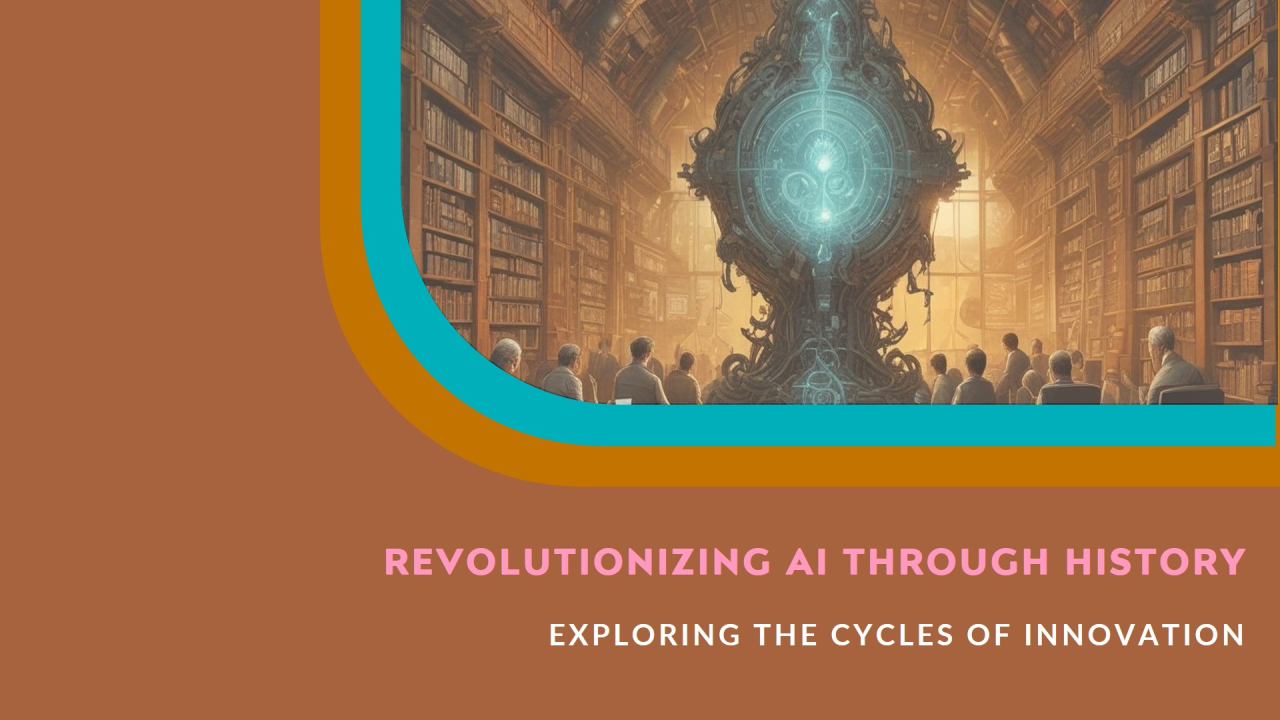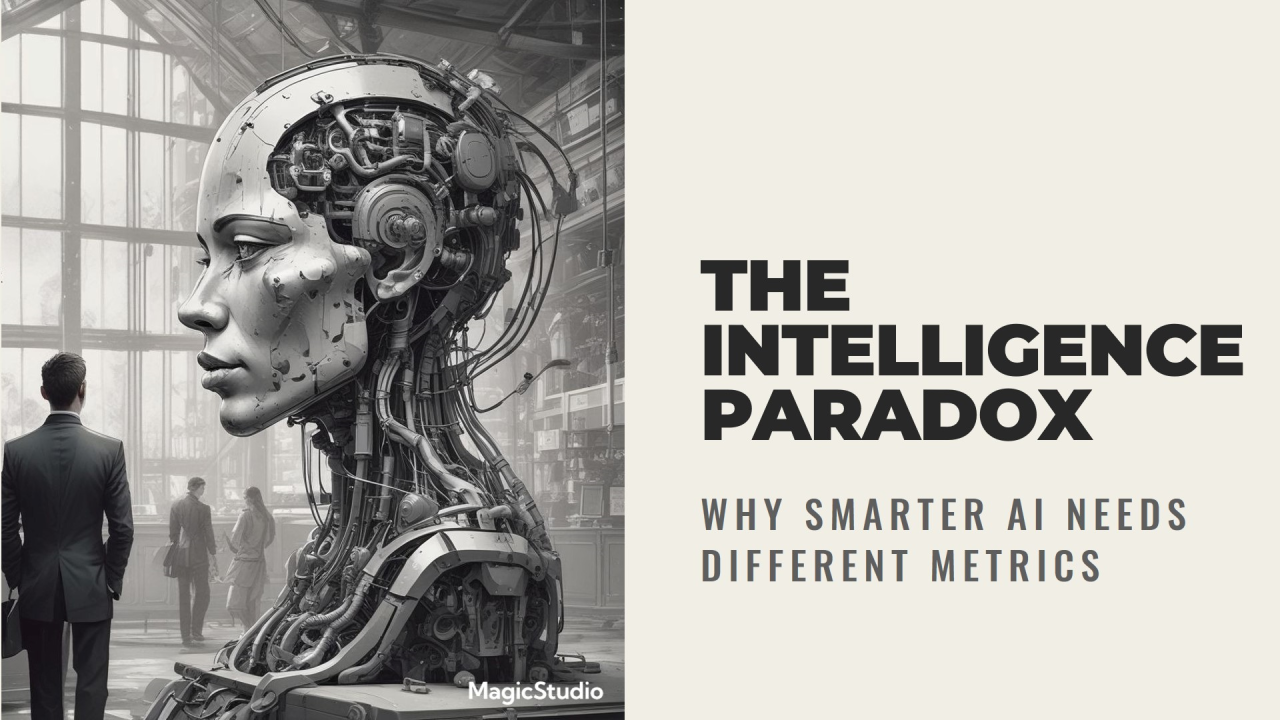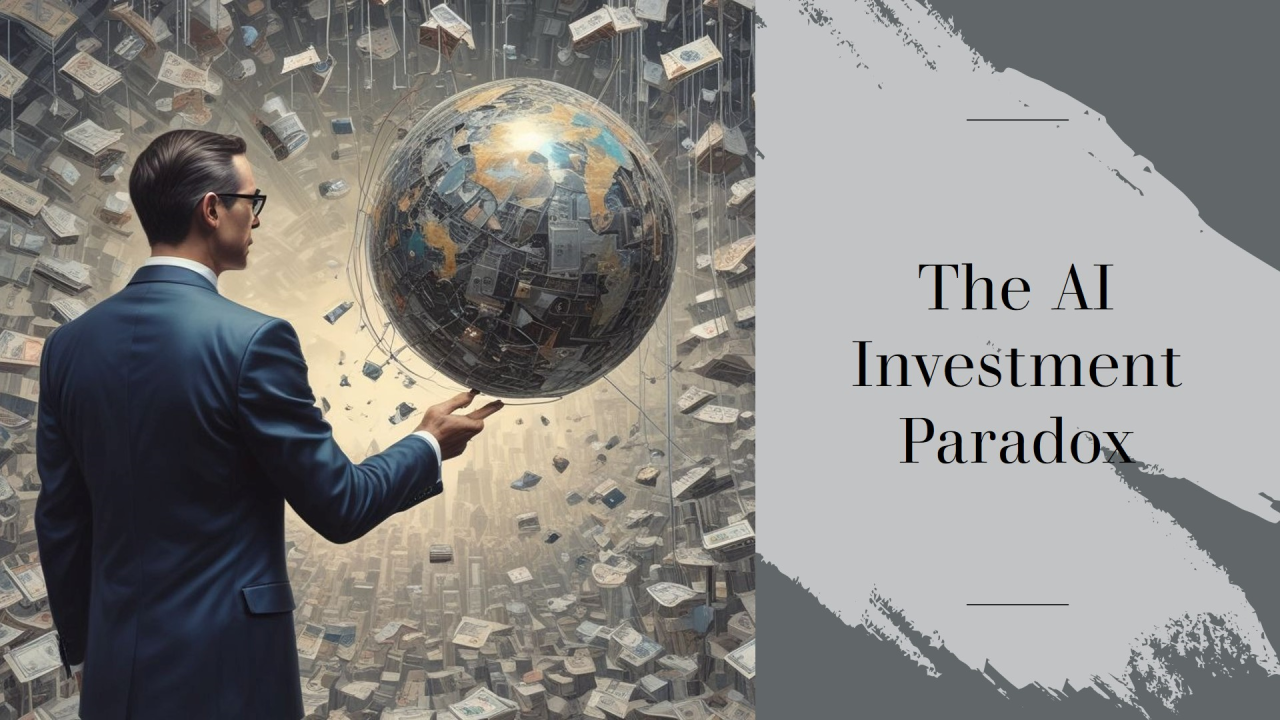The Power Shift from Elites to the Masses
For ages, the powerful have monopolized access to vital knowledge that should belong to everyone. In finance, this manifests in the influential yet biased stock recommendations of sell-side analysts on Wall Street. But a parallel revolution is on the horizon that will shatter these antiquated hierarchies. Just as the rise of the internet brought information to the masses, artificial intelligence (AI) will democratize institutional investing insights, empowering professional investment analysts who recognize the weaknesses in their own processes and are thoughtful about leveraging these new tools.
The Limitations of Human Decision-Making
As bounded rationality theory reveals, human decision-making is inherently flawed – constrained by limited cognitive bandwidth, imperfect information, and ingrained biases. Sell-side analysts exemplify these shortcomings, with mounting evidence exposing how their stock ratings are colored by pressures to maintain lucrative banking relationships rather than serving investor interests. The Wall Street Journal shed lurid light on this “pay-to-play” mentality, citing luxury retailer Coach requiring proof of “brand ambassador” status from analysts for access.
The Ascendancy of AI Assistants
AI assistants, which can be accessed through platforms like Bloomberg, FactSet, or proprietary applications developed by investment firms, offer a powerful alternative. By leveraging advanced algorithms to integrate vast troves of structured and unstructured data, these systems can analyze companies with a comprehensiveness and impartiality that dwarfs any human analyst’s capabilities. Transcending conflicts of interest, AI dispassionately assesses fundamental long-term value propositions rather than succumbing to behavioral biases around overweighting recent events or being swayed by charismatic leadership.
Addressing AI and Human Biases
Of course, AI is not immune to bias. The data AI is trained on and the algorithms themselves can perpetuate societal biases, as we’ve seen in instances of racial bias in facial recognition systems and gender bias in hiring algorithms. However, the key difference is that AI bias can be audited, measured, and mitigated through careful design and testing. Human analyst bias, deeply rooted in personal experiences, incentives, and subconscious mental shortcuts, is far more difficult to systematically identify and correct.
Moreover, AI bias tends to be more consistent and predictable, while human bias is often situational and erratic. An AI assistant may underweight certain factors due to flaws in its training data, but it will do so consistently. A human analyst’s biases can fluctuate wildly based on emotions, personal relationships, and even what they had for breakfast. This makes AI bias easier to diagnose and rectify compared to the ever-shifting landscape of human bias.
The Profound Implications and the Future of Finance
The implications are profound. By stripping away obfuscating human biases, AI will shine truth into murky corners while exponentially multiplying each analyst’s capabilities. Imagine how much more effective analysts could be if AI could direct their attention to key issues buried in dense regulatory filings, rather than requiring them to manually review entire documents. AI can prioritize information flow so that it does not become overwhelming, delivering concise insights calibrated solely to the analyst’s needs.
This symbiotic coupling launches us into a new frontier of investing enlightenment. For professional investment analysts who are thoughtful and recognize the weaknesses in their own processes, AI presents an unprecedented opportunity. By leveraging AI to strip away the distortions of both human and algorithmic bias, these pioneering analysts can unlock a purer form of analysis centered on fundamental truths. It will be an era of unparalleled transparency and insight, where analysts who embrace these tools can navigate the market with greater sophistication than ever before.
The revolution is imminent – all that remains is for forward-thinking analysts to embrace AI’s promise and join the vanguard democratizing Wall Street for the betterment of all. As we stand on the cusp of this transformative change, it is clear that the future of finance lies in the fusion of human ingenuity and artificial intelligence, working together to uncover truth and optimize outcomes.
The intelligent enterprise of tomorrow will be one that harnesses the strengths of both, creating an investment landscape that is more effective, more equitable, and more aligned with the greater good. It’s a future worth fighting for, and one that’s within our grasp if we approach it with wisdom, integrity, and an unwavering commitment to harnessing the power of AI to elevate the art and science of investment analysis.




